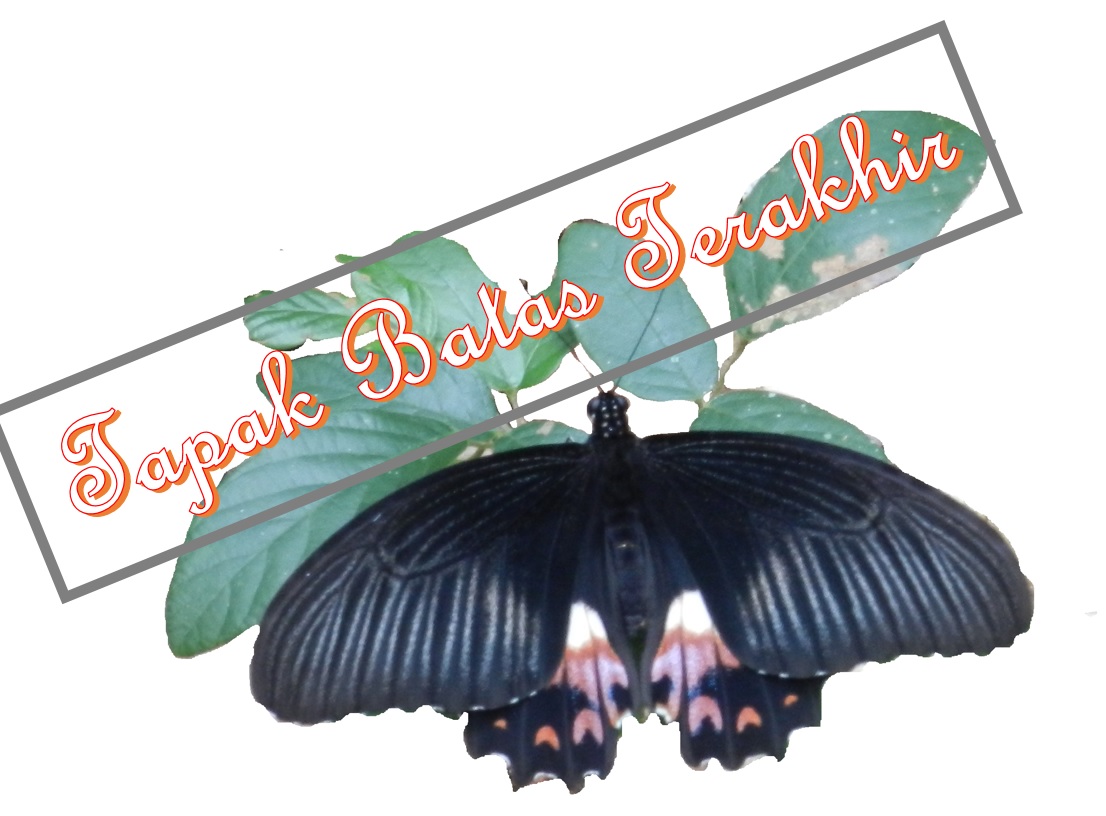It has been 4 months after Moi Kelim people declared their territories maps publicly. I went back to Sorong and met with Mr. Silas Ongge Kalami, the chief of Malamoi to gets his insight thinking about the Moi lands and its important to get legal recognition. This shorts quote was a quick summary of interview we did :
Can you tell us the result you and your People has produced with territories mapping last year?
Since 2013, the
Malamoi Customary Organization (LMA Malamoi) worked on their customary boundary
mapping with supported by Samdhana Institute, Participatory Mapping Works
(JKPP) and National Indigenous People Alliance (AMAN). They have produced
430,000 ha of customary map covers 372 clans in about 10 Sub-Districts in
Sorong Regency.
What
are the dynamic problems in your community groups regarding to rights of
resources and the management of the natural resources?
There are three
basics problems in current situation that be faced by the customary community:
1.
No
recognition and protection to our customary land and resources rights. The
common cases are often appears in the uses of land, forests and other natural
resources.
2.
This
condition are getting worse because the community organizing is also weak.
3.
Until
now there is no regulation at district level that legally recognize, respect,
protects and safe the rights of customary community.
What
are the strategic steps that you and your community taken to deal with the
above problems?
We starting
with community organizing program through customary boundary mapping. For
Malamoi we have just started from the 1 sub-groups names Moi-Kelim. This was
our 1st experiences so we were got supported from Samdhana
Institute, National Indigenous People Alliance and the Government in Sorong
Districts. This collaborative worked has produces one map for Moi Kelim. This
map will be our guiding books to facilitate the rests sub groups of Moi (red:
12 sub-groups).
As the 1st
experience the Mapping of Kelim areas was design as a training/filed practices
chance. We are beginning to learn how to produce a customary boundary map. The
learning process is happened in multilevel from district until a customary
council (dewan adat) at villages level includes “Gelet” or family groups/clans.
They start to learn how to use customary boundary mapping as a tools to
re-govern their rights.
The map we
produced for Moi Kelim is for a big sub-groups, so we do expect to see each
“Gelet” could then start to facilitate the detail boundary maps based on their
rights, and make an agreement among one and another.
What
supports, do you think the government must provide to helps community helps the
above problems?
We do expect to
encourage the Government in Sorong, South Sorong and Raja Ampat those areas are
inside Moi to actively engage in the community organizing program and customary
boundary mapping. The engagement should cover technical and materials support
to LMA Malamoi on their working programs. The support is also can be realized
by realizing the local regulation that respect, recognize and protects the
rights of customary community and also protection to cultural livelihood of the
community. These are crucial because the community having a strong rights over
the land, natural resources, cultural heritages even right over the
development. So we are love to see the synergy programs between government and
the community.
What
is the keys message do you want to share for other customary communities in
Papua?
I would like to
emphasize my message to other customary communities but specifically to Moi
people “we can’t struggle alone, we need a strong organization in which this
will make our works easily”. We works to struggle for our rights on land,
natural resources, cultural heritage and development. Looking at the changes in
Moi land and community as the consequences of integration new change from
outside the quick preventive steps is needed. Because if the changes is rapidly
happened then the Moi people with their culture with lose gradually. So now,
there is only one words “strong organization to struggle for the rights of
customary communities”. It is the time now for us to reflect, regulate our self
and build in collaboration spirits.
To the other
customary communities except of Moi, either Papuan or Non-Papua, who live in
Moi land I would like to say ‘when you steps on the land you should respects
the sky’. Because for us in Moi, those people who come to our land and keep
respects to local rights and tradition we call them as ‘nesafan’ but those who
come to out land but not respect the customary rights we call them as
‘neitobo’. This message is also be addressed to my Moi people who live in other
part out of Moi, you must respect to other people rights. This will lead as to
a universal community. Because most of the conflict between nations is appear
because there is a disobeying and un-respects to someone rights.
We also want to get a
freedom and become a leader in our own land or in Moi we call it with “Neulik” 









